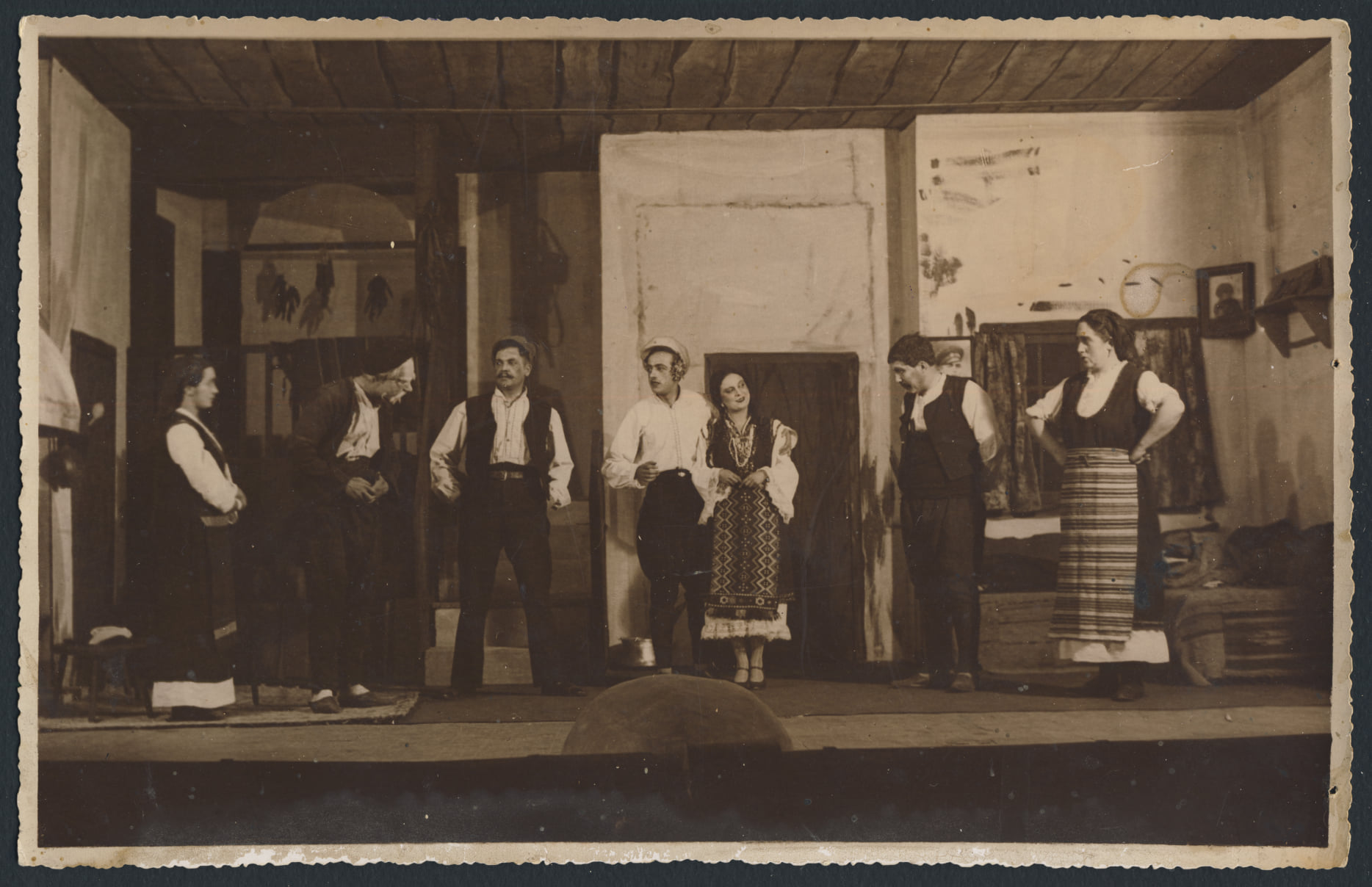This is probably one of the first productions of “Boryana” on the Plovdiv stage. The year is 1933, the director is Stefan Kirov. As you can see, the interior is absolutely authentic, and even in the poses of the actors there is a charming adherence to the realistic presentation of the image of the Bulgarian from the village, who lives with his traditional orders and ideas about life. From today’s point of view, this stage naturalism sounds archaic and outdated, but for me it carries those connecting threads of the desire to put Bulgarian drama “authentically”, which, nevertheless, preserved the spirit and culture of the man of that time, without rushing to imitate the European, to adapt and follow fashions that he does not understand and that is comical to him. On the back of the photo are some of the roles and the year written in pencil. This is the “hallelujah” of every chronicler. If he doesn’t read some of the letters, he takes a magnifying glass. If it doesn’t work, she goes to her colleagues in the archive, who have seen many such hoaxes, and asks them if they read the names. If they fail, there is only one thing left – the chronicler’s personal imagination and the sweet moment in which he can use his ability to invent. Thus, for example, if he does not see whether it says “Mitko” or “Misho”, as dishonest as it sounds, he must decide after long cases which name to keep. Then the only thing that calms him down is the thought that he has tried everything. I ended with this historical joke not for anything else, not to ironize the difference between “Mitko” and “Misho”, but to give you only a slight nuance of the absurdities encountered by a researcher and compiler of chronicles. I leave you with the pleasant Bulgarian atmosphere, a few hot peppers hanging for drying and a very dedicated acting troupe. The photo is available thanks to Petko Georgiev, Special Editions Department of the Ivan Vazov National Library.

